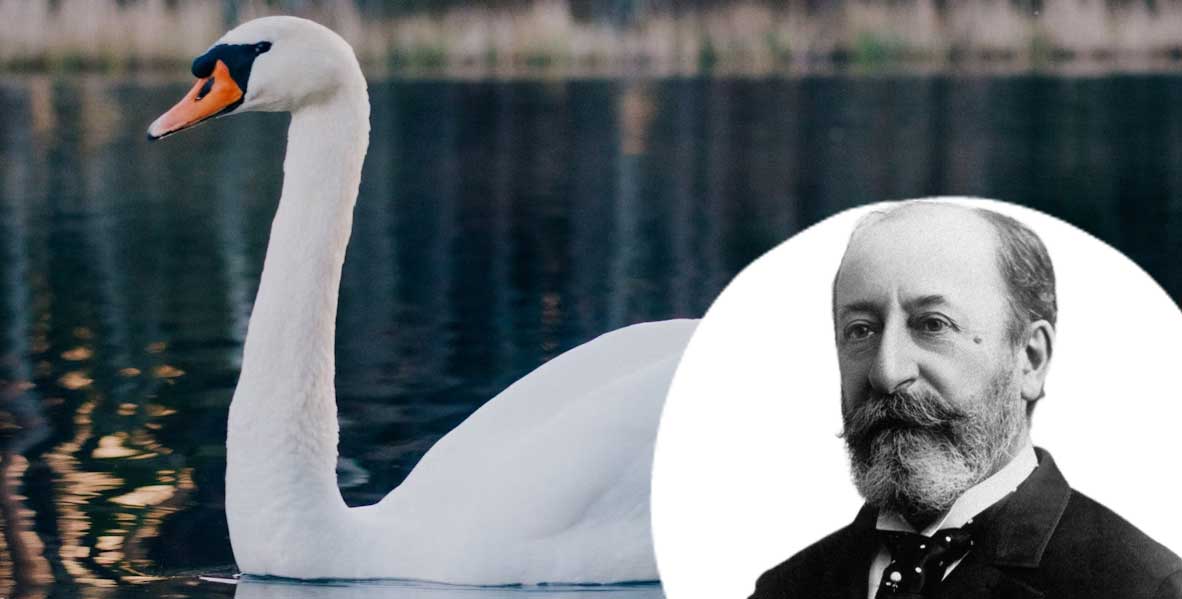
When listening to music it’s often easy to feel that it is painting pictures or telling a story, even where a piece is entirely ‘abstract’. Abstract pieces are intended to be enjoyed for the sake of the sound itself—even though they may invoke a mood, or have a specific purpose, such as for dancing.
Sometimes, however, composers intentionally write ‘programmatic’ music, where the music evokes a specific image, story or idea. Such pieces are normally purely instrumental, with the music alone conveying the narrative, unlike, for example in an opera where there is also a sung text, set design and lighting.
Here are some of the very best of these most colourful works. Be sure to check out our sheet music—just follow the links—so you too can enjoy playing the best tunes from them.
Continue reading...
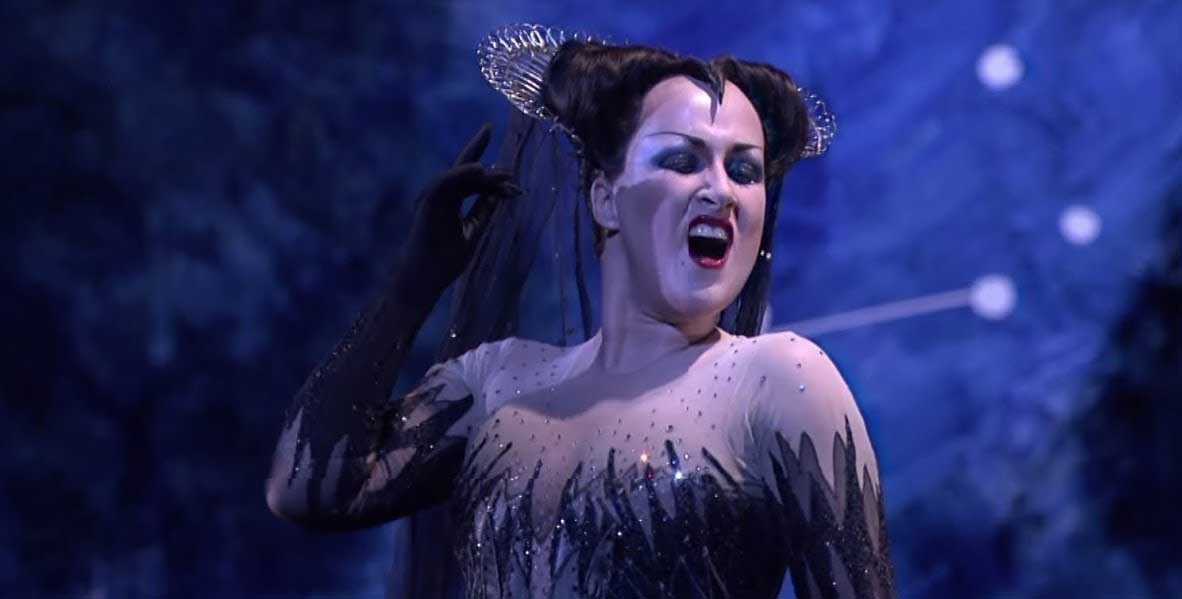
There have been many great opera composers down the centuries, but none has surpassed the genius of Wolfgang Amadeus Mozart (1756–1791), whose instinct for drama was only bested by his ability to clothe it in the most divine music imaginable.
Mozart wrote 22 music dramas, some of which were small scale occasional pieces or pastiche pieces written when he was very young. Even these works contain much to be admired. Here, however, we rank to his mature masterpieces, the works for which he is truly remembered.
We also pick out our favourite music from these works—follow the links so you too can enjoy playing these iconic melodies!
Continue reading...
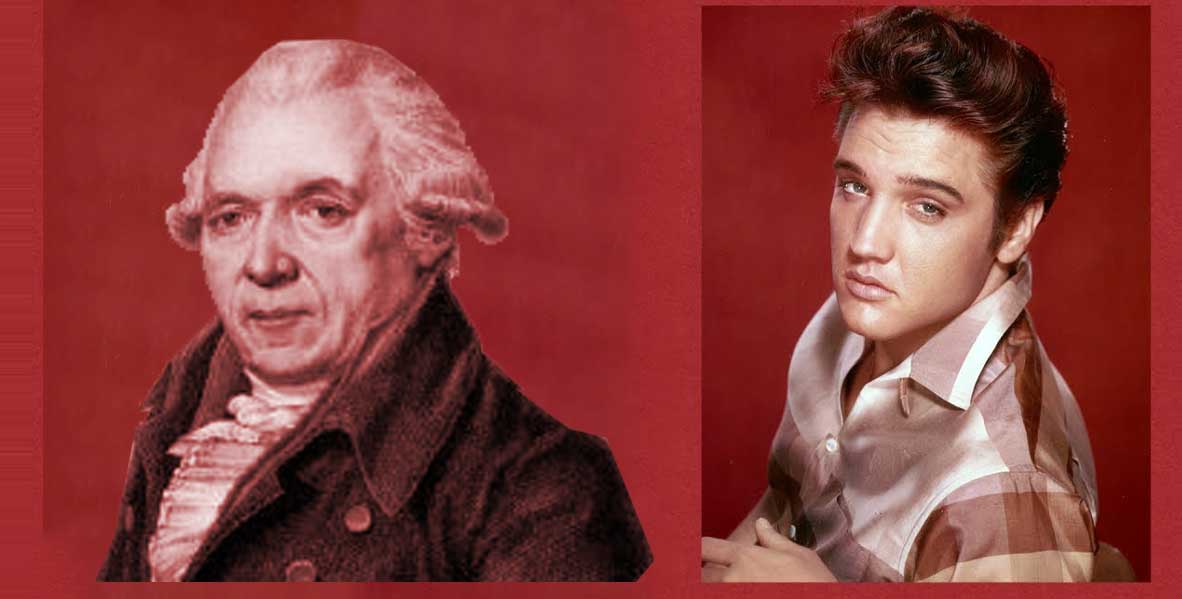
It sold more than a million copies on its release in 1962, becoming one of Elvis Presley’s greatest hits—the piece he reserved for the final climax of live concerts. And it remains popular to this day, a survey in 2020, for example, finding I Can't Help Falling in Love to be one of the most frequently used pieces for the first dance of newly married couples.
Despite its association with The King of Rock and Roll, however, its composition dates back to the 18th century and a little known composer named Jean-Paul-Égide Martini…
Continue reading...
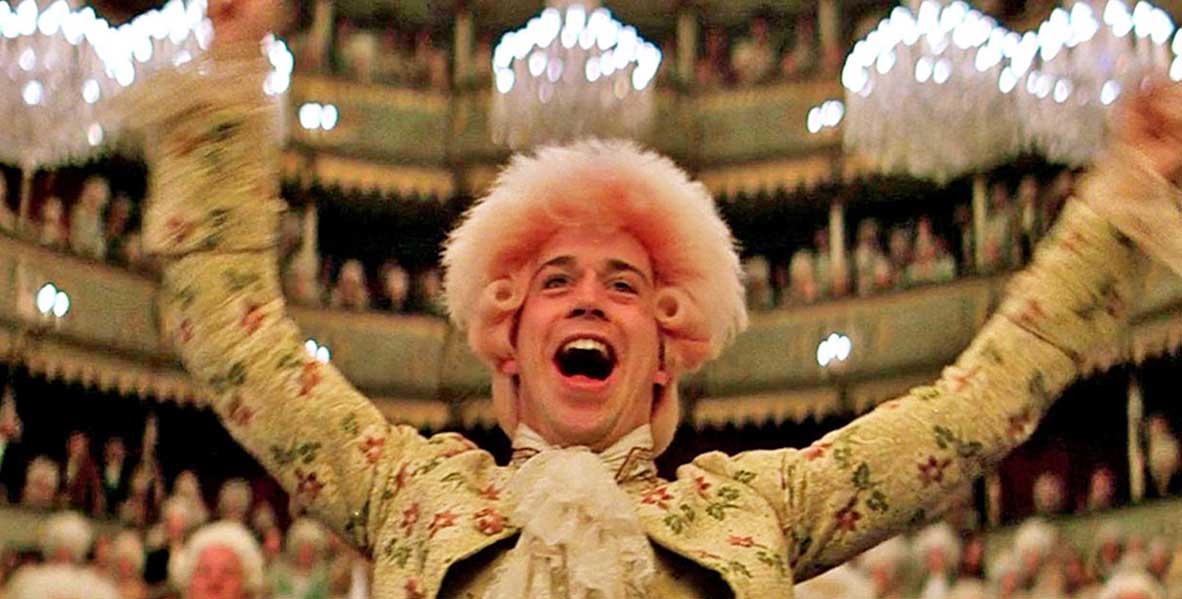
There have been many films about the lives of great composers, including about Igor Stravinsky (Coco Chanel and Igor Stravinsky, 2010), Chopin (Impromptu, 1991); Beethoven (Immortal Beloved, 1994); and Tchaikovsky (The Music Lovers, 1970).
None, however, has quite matched ‘Amadeus’ (1984), Miloš Forman’s brilliant account of the life of Wolfgang Amadeus Mozart. Told through the eyes of Mozart’s rival Antono Salieri, it paints a vivid, if not always accurate, picture of the composer’s life, accompanied by vibrant scenes of court and everyday life in Hapsburg Vienna.
Most gloriously of all, it is chock-full of music by Mozart. You will find most of this available here on 8notes and, using our exclusive arrangements, you can learn to play it on your own instrument (if you can’t find a version for your instrument, subscribers can request new versions at any time).
Here then is the ultimate guide to the music from this great film.
Continue reading...
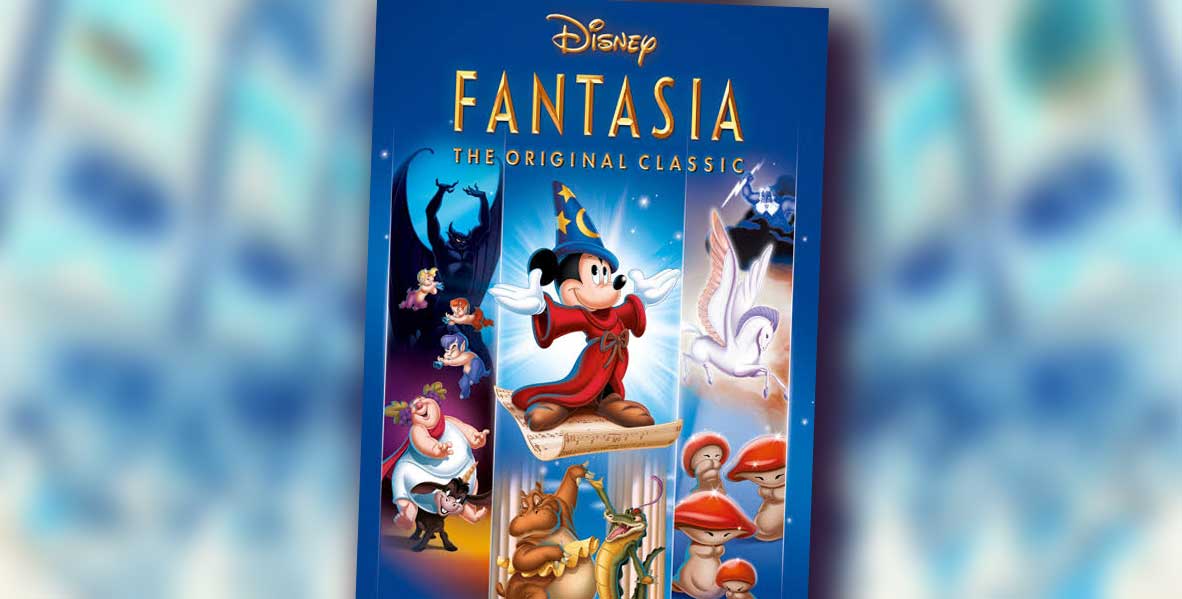
Debuting in 1940, Walt Disney’s Fantasia was groundbreaking in a number of ways. The ambition of its animation, which included meticulous studies of animals, humans and other objects, the use of stop-motion animation and even the unrealised plan to film one section in 3D, was unprecedented. Its sound, which occupied a fifth of the whole budget, was also realised in a new ‘Fantasound’ format, the precursor of modern day surround sound.
Disney had used classical music in previous animations, but this was was a more ambitious in concept. Working with renowned conductor Leopold Stokowski, Disney and his team developed a sequence of animated segments, each with programatic elements closely linked to the accompanying classical music. The aim was to entertain whilst introducing audiences to great works of the classical canon.
By any measure, it seems to have worked, with Fantasia now considered one of the greatest works of animation of the twentieth century. And Disney’s use of, albeit already popular, classical works, has certainly helped to bring these pieces to wider audiences.
Here is our guide to this great work of animation, with links to all the sheet music, so you can play Fantasia on your own instrument (and if you can’t find what you need, remember that members can request new versions of pieces!).
Continue reading...
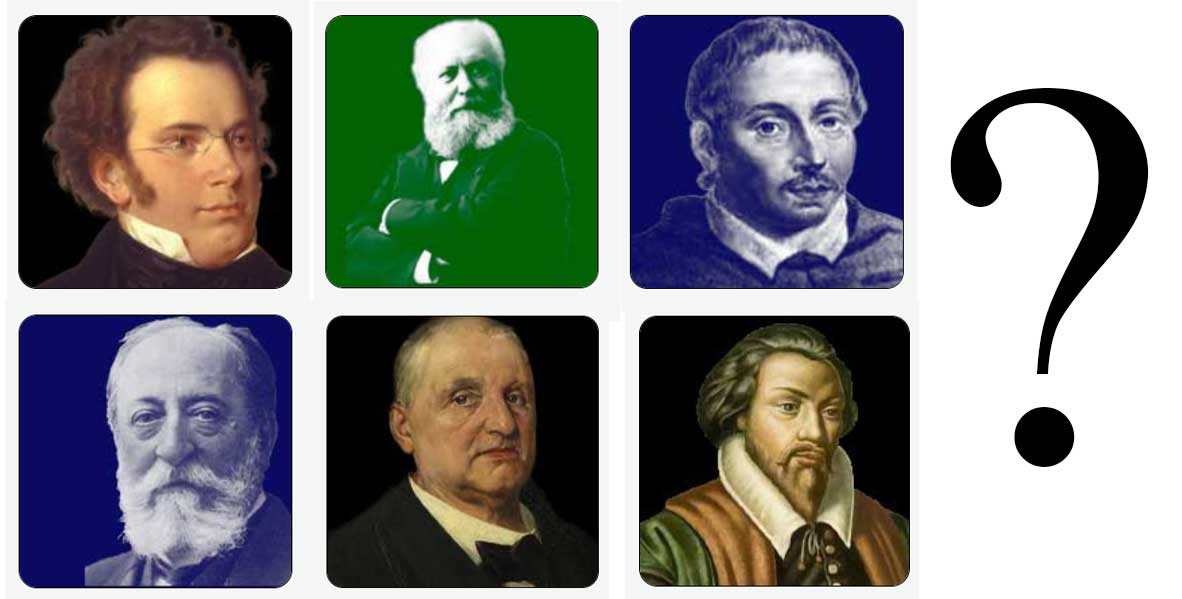
There always been an aura of magic to the Ave Maria. Recited three times a day by committed Catholics, the text addresses itself to Mary, the mother of Jesus. It is devotional and highly personal, giving the worshipper a very real sense of connection with the divine. It’s small wonder then that it has been a huge source of inspiration to composers down the centuries, resulting in some fine works of classical music. Many of these are hugely popular with our members on 8notes, but there are also a few you might not have heard of that deserve your attention. Here are our favourites. Continue reading...
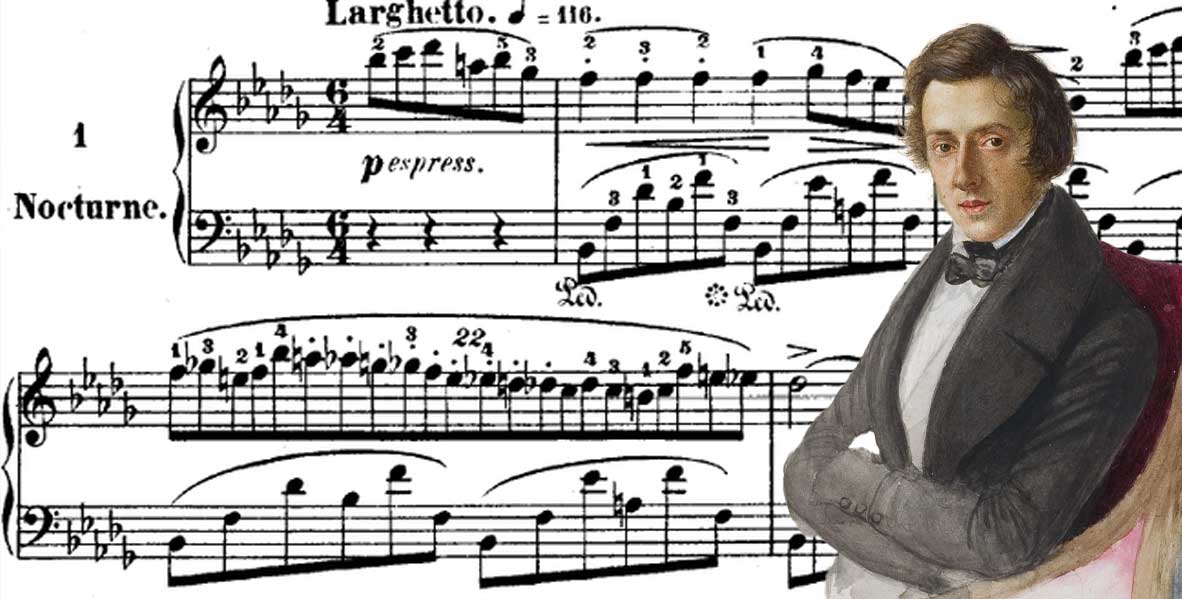
Polish composer Frédéric Chopin (1810- 1849) wrote more than his fair share of great piano music. Amongst his incredible catalogue of compositions, one stands out: his Nocturne, Op. 9 No. 2 in Eb. This nocturne, ranked among the top ten most popular classical pieces on 8notes, owes its appeal to its exquisite melodic craftsmanship, innovative application of ornamentation, refined structural balance, and its accessibility—both emotionally for listeners and technically for pianists. Continue reading...

Classical music has long been the secret sauce of filmmaking, adding the extra level of punch, drama or humour that can take an indifferent scene to the next level. It has also been a fountain of inspiration for those composers writing original music for the movies (read more about John William’s use of Holst's 'The Planets’ here, for example).
Whether is be a serious symphony accompanying a battle scene or a light waltz in a romantic comedy, classical music provides context and amplifies the drama. Here then are some of the best cinema moments where classical music has made us laugh, cry or just say, "Hang on, I've heard that before!"
Continue reading...

Bella Ciao (literally ‘Goodbye Beautiful’) is an Italian folk song symbolic of resistance, freedom and rebellion. In its present form it is often associated with partisan Italian anti-fascist fighters during World War 2, even though its origins are much older, probably stemming from protest songs sung by women working in the rice fields of northern Italy in the late 19th century. Its later use in wider culture, especially in the 2017-18 Spanish series 'Money Heist' made it phenomenally popular, making our 25+ versions of it here on 8notes amongst our most sought-after sheet music. Continue reading...
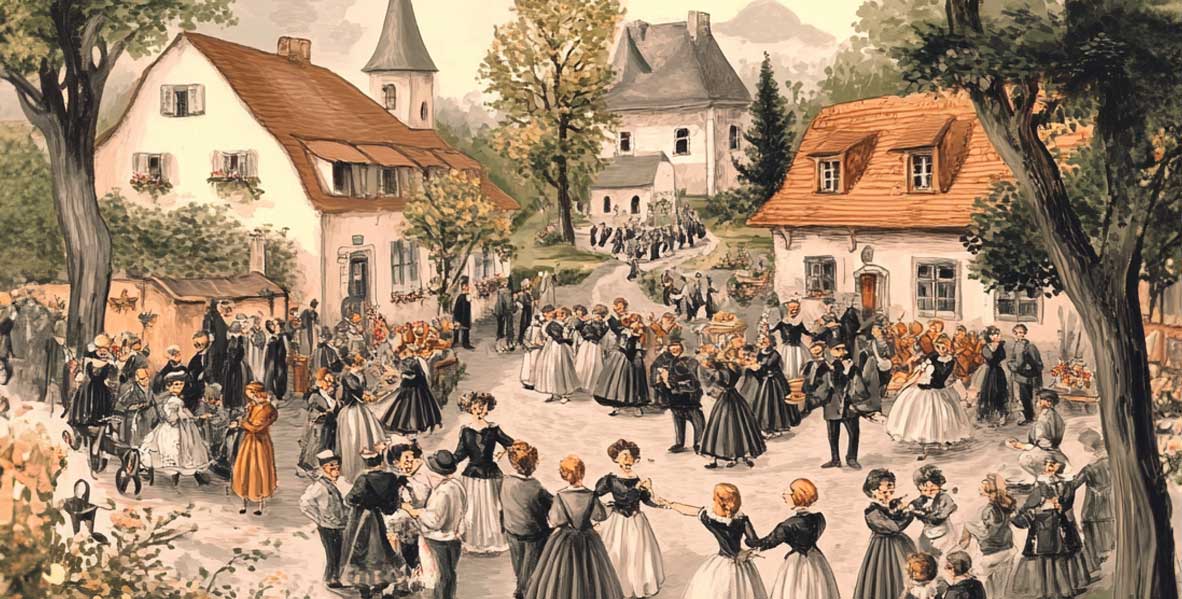
Csárdás is by some margin the most popular work by Italian composer Vittorio Monti (1868–1922). Originally written for violin, it has nevertheless been widely adapted for other solo instruments and combinations, (over 20 versions of Csárdás can be found here). The story of its composition is a reflection of the cultural zeitgeist of the time, where composers became fascinated by folk music from their own and other countries.
Continue reading...